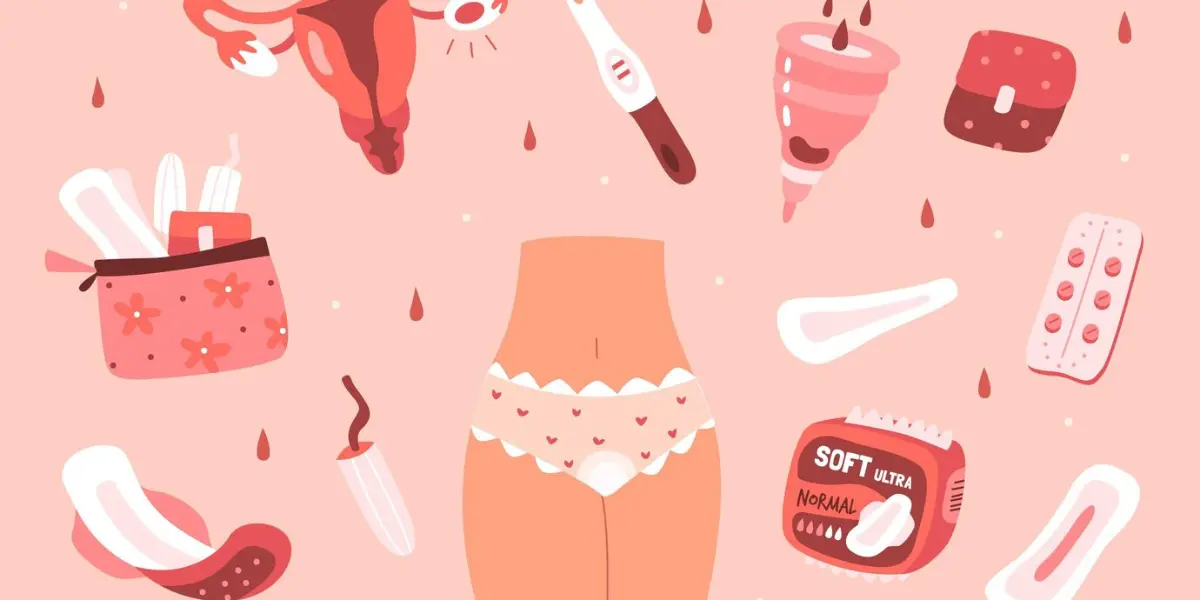Being a woman isn’t a joke because they are susceptible to various kinds of illness that might seem mild at first, but escalate in the long run if not treated earlier. The vagina can suffer from various kinds of infection such as yeast infection.
This infection shouldn’t be taken lightly because just like other infections, it comes with several negative effects on the body. This is why preventive measures should be considered in cases where one is informed in time. However, if it’s too late, treatment options can also come in handy.
What Is Yeast Infection? Home Remedies For A Yeast Infection
Yeast infection or candidiasis, is a fungal infection that occurs in small amounts in the body but due to factors like tight clothing, diabetes, poor diet, weakened immune system, moist environments, hormonal changes, antibiotics, etc., it can overgrow and cause problems to women’s vagina. That doesn’t mean that it cannot affect other parts of the body but it is mostly common in the vagina because it’s warm and cozy.
Whenever women have this infection, their vagina starts itching, it swells or gets red, even their urination can be painful and they can experience a cottage cheese-like discharge. Walking on the streets and suddenly feeling this itchy sensation can be disgraceful for a woman. People will want to avoid you and even think you have a worse infection than Candida.
Additionally, imagine having sex and these cottage cheese-like discharges come out from the vagina, it can irritate your lover and affect your relationship. It might end in a breakup and make your partner feel you’re unsafe for sex.

How To Treat Yeast Infection
1. Take Note Of The Kind Of Clothes You Wear
Learn to avoid wearing tight, non-breathable clothes that can’t allow fresh air to enter your genitals. Forget about fashion and take care of your health. Candida also loves moist environments. For instance, if you’re the type that loves swimming a lot or engages in activities that constantly make you wear wet clothes, you’re at a high risk of getting yeast infection. Therefore, ensure you rarely wear wet clothes, instead try wearing dry clothes.
2. Beware Of Circumstances That Can Weaken The Immune
Several things can cause weakened immune systems. The immune system is a function in the body that helps to fight diseases to protect the body from harm. When diseases like HIV/AIDS which mainly attacks the immune system are present in a woman’s body, the immune system cannot fight Candida. Therefore, it will be present in the victim. Also, being exposed to stressful activities can weaken the immune system to defend your body from this infection.
Don’t forget that when you have skin injuries, catheters, or surgical wounds, the immune system cannot fully perform its function, so Candida will see it as an opportunity to invade. Moreover, if you have untreated diabetes, Candida can find it as an opportunity to thrive against the immune system. Therefore, consult a doctor to give you medications that will help boost your immune system.
3. Take Note Of Hormonal Changes
The hormones known as estrogen which helps to develop and regulate the female reproductive system might be influenced by factors like pregnancy, birth control pills, and hormonal fluctuations, resulting in changes in estrogen levels that can favor Candida overgrowth. Consult your doctor for more information concerning hormonal changes so that you can learn how to manage yeast infections.
4. Beware Of Certain Antibiotics
When you take certain antibiotics to fight bacteria in your body, it might kill both good and bad bacteria. As a result, the good bacteria that help subdue yeast overgrowth might be killed and expose you to the infection. Therefore, consult your doctor to advise you on the kind of antibiotics to take or to know if you should avoid taking them in the first place.
5. Eat The Right Kind Of Foods
Consuming excess sugar and refined carbohydrates foods allows Candida to feed on them and overgrow. Instead, consider eating a balanced diet that is rich in vegetables, lean proteins, and whole grains. You can also take probiotic-rich foods like yogurt labeled with live cultures that have the good bacteria you may have lost from using antibiotics to reduce yeast infection and maintain a healthy balance of microorganisms. There are also probiotic supplements that look like capsules and tablets to help you develop these useful bacteria your body needs.
Furthermore, try adding garlic or garlic supplements to your meals because it has antifungal properties to fight yeast infection. Also, do you know that unsweetened cranberry juice is also useful in reducing Candida? so try to take more of them often.
Don’t forget to stay hydrated. Drinking enough water helps the body to function properly and flushes toxins out of the body. Therefore, it can also remove the overgrowth of these yeast in the process and enable balanced microorganisms in the body.
6. Consider External Treatments
While you can eat some foods that will help to fight the overgrowth of this infection internally, there are available external treatments that are quite effective as well. First, let’s begin with diluting apple cider vinegar because it’s unsafe to use undiluted vinegar directly on the skin. Due to its antifungal properties, it can help to clean and maintain the pH balance of the skin, reducing yeast overgrowth.
Tea tree oil is another external treatment option, however, it must also be diluted before being applied to the skin to avoid skin irritation. Are you quite aware that coconut oil is also potent in treating yeast infections? Well, it does due to its antifungal and soothing properties. It helps to reduce the pain and helps the body to treat the infection. Oregano and lavender essential oils are also great but ensure to dilute before use on the skin.
7. Be Hygienic
Women experience menstrual cycles so during these moments, it’s advisable to be hygienic by regularly changing sanitary products and cleaning the genitals with gentle, pH-balanced soaps to prevent the growth of bad bacteria. Remember, the vagina is warm and cozy so bad hygiene will increase these bad bacteria.

Conclusion
Yeast infection which is a fungal infection due to an overgrowth of yeast can be a headache for most women who haven’t treated it yet. Its symptoms include itchiness in the vagina, redness or swelling, painful urination, and cottage cheese-like discharge. While factors like hormonal changes, tight clothing, diabetes, poor diet, weakened immune system, moist environments, etc., can cause it, there are several home remedies such as wearing breathable clothes, eating the right foods, proper hydration, etc., to treat it. Also, don’t forget to consult your doctor when necessary.
References:
- Centers for Disease Control and Prevention. Vaginal Candidiasis (https://www.cdc.gov/fungal/diseases/candidiasis/genital/). Accessed 9/2/2022.
- US Department of Health and Human Services, Office on Women’s Health. Vaginal Yeast Infections (https://www.womenshealth.gov/a-z-topics/vaginal-yeast-infections). Accessed 9/2/2022.
- Vaginal yeast infection (thrush): Overview. (2022).
https://www.ncbi.nlm.nih.gov/books/NBK543220/